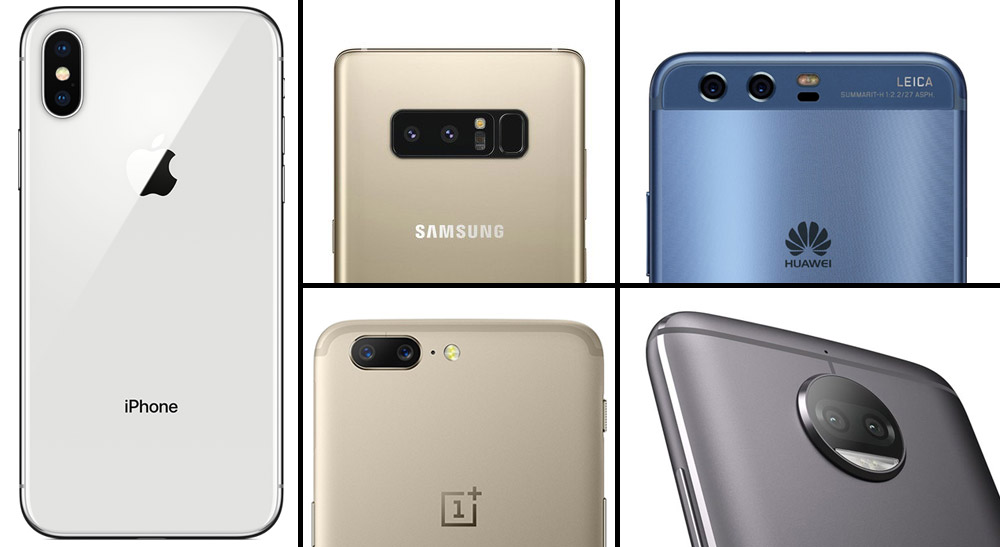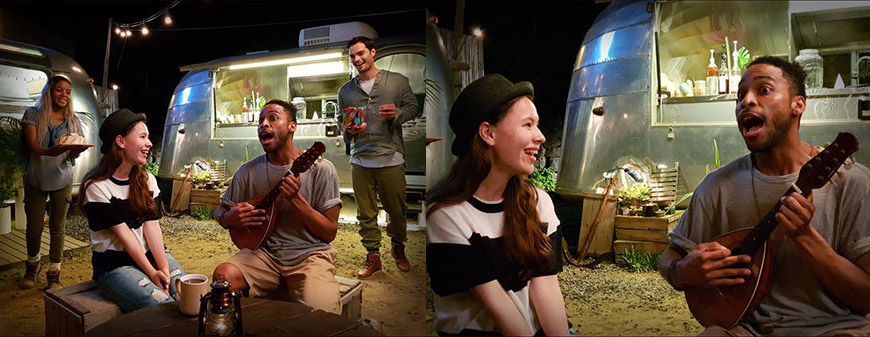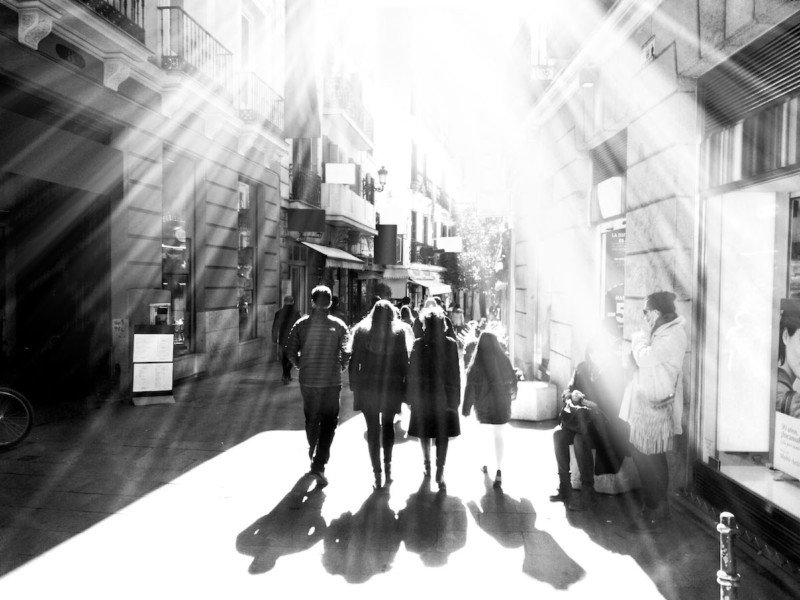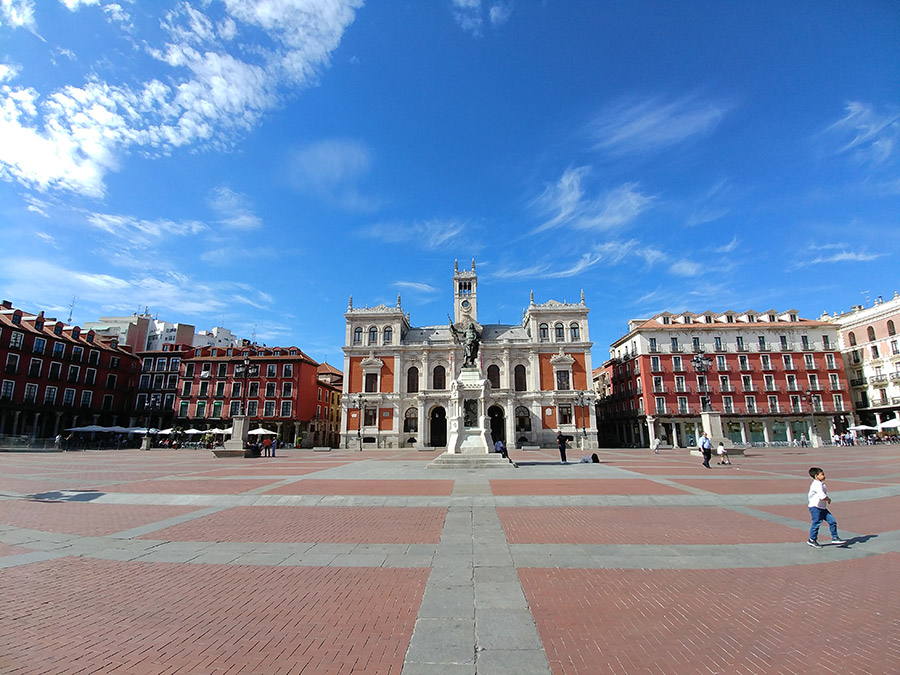
Dual cameras have now been adopted by almost every manufacturer in some way or another. People have started taking it into consideration when buying a phone. Although there are many phones like Samsung Galaxy S8, Google Pixel which don't house a dual camera setup and still takes great pictures, having dual camera setup can help in getting some very specific shots. Now, that depends on the type of dual camera setup on your phone.
So to make you familiar with the different types of dual camera setups available on smartphones, here's a quick refresher.
Basic Dual Cameras - Depth Sensor
Most of the budget dual-camera smartphones fall into this category. In general, there are two cameras, either both have the same resolution but in most cases, the depth-sensing camera has a lower megapixel count. The significant use of this setup is achieving the depth of field effect to blur the background and highlight the foreground.
The second lens has no other use apart from providing depth information which is later used to blur the background using software. Some phones like the Honor 6X also allow you to change the amount of blur/background bokeh even after the image has been taken. The newly launched Lenovo K8 Note has this type of dual camera setup.
Telephoto + Normal Dual Cameras
This is a more recent development and came to the forefront with the iPhone 7 Plus. The telephoto lens provides us with optical zoom up to 2X on most smartphones with this setup. Unlike digital zoom, there is no cropping of images here, instead, the second lens is used for lossless zoom. The normal lens takes standard pictures whereas the telephoto lens is used for portraits.

Again for portrait shots, the second camera is used to capture the depth of field information. Some phones like the Galaxy Note 8 allow you to capture an image with both the rear cameras simultaneously and also change the background blur even after the image has been captured. The OnePlus 5, iPhone 7 Plus, and even the budget device Mi A1 use the telephoto dual camera setup.
RGB + Monochrome Dual Cameras
With this setup, smartphone manufacturers try to combine images obtained from both cameras to get better contrast and sharpness. The monochrome camera is used to create a depth map and contrast highlights and merged with the RBG cameras output to produce a more crisp shot. The monochrome sensor can also separately be used to take black and white pictures. The Huawei Honor 8, Huawei P9, Coolpad Cool Play 6 and the much-hyped Essential PH-1 also house RGB + Monochrome dual cameras.

The advantage this setup has over the other dual camera options is better image quality. Background blur, portrait mode/variable aperture is available with this setup as well.
Super Wide Angle + Normal Dual Cameras
This setup is currently being used by LG, at least to its full potential. A wide-angle lens is used to offer a broad field of view, allowing us to capture landscapes and street views. The standard lens is used to capture portrait shots and the depth map is created using the wide-angle lens.

Image Credit: DPReview
Earlier versions of this setup as seen on the LG G5 were plagued with a fish-eye effect at the ends of the image but that has been resolved with the LG G6 and LG V30. Moreover, these phones also allow wide-angle video capture.
So there you have it, these are all the different dual camera setups available in the market right now. I hope this helped you in finding the one that would suit your needs.








